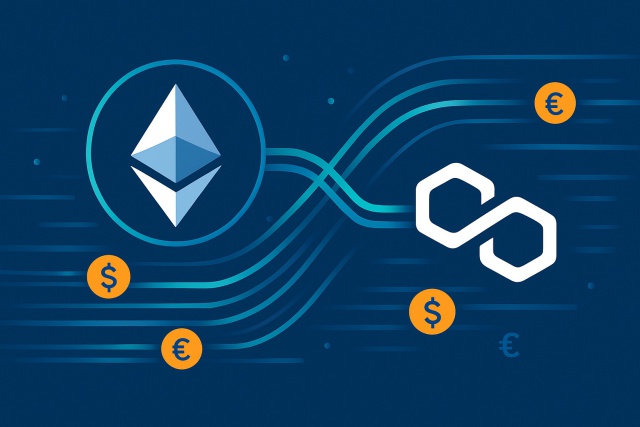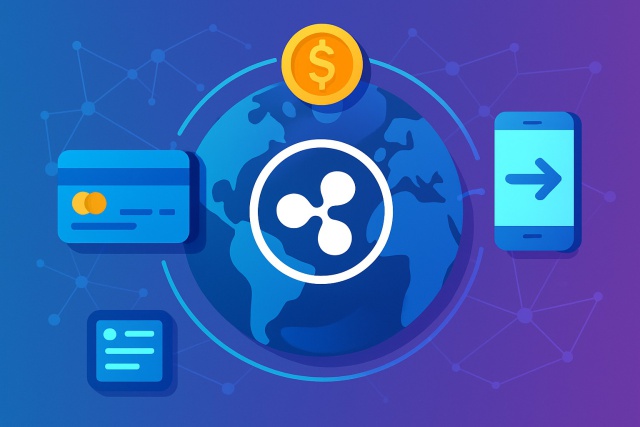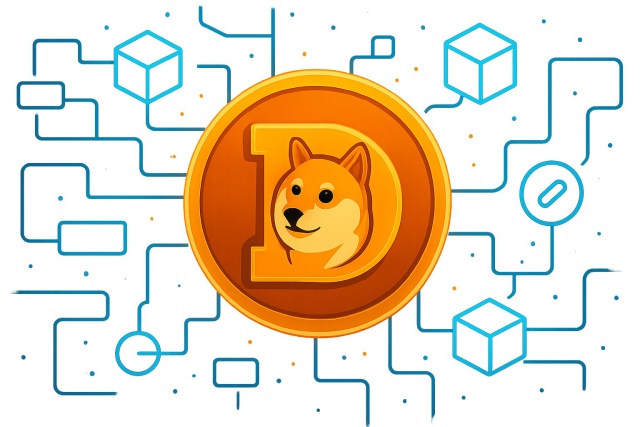What Is Solana and How Does It Work?

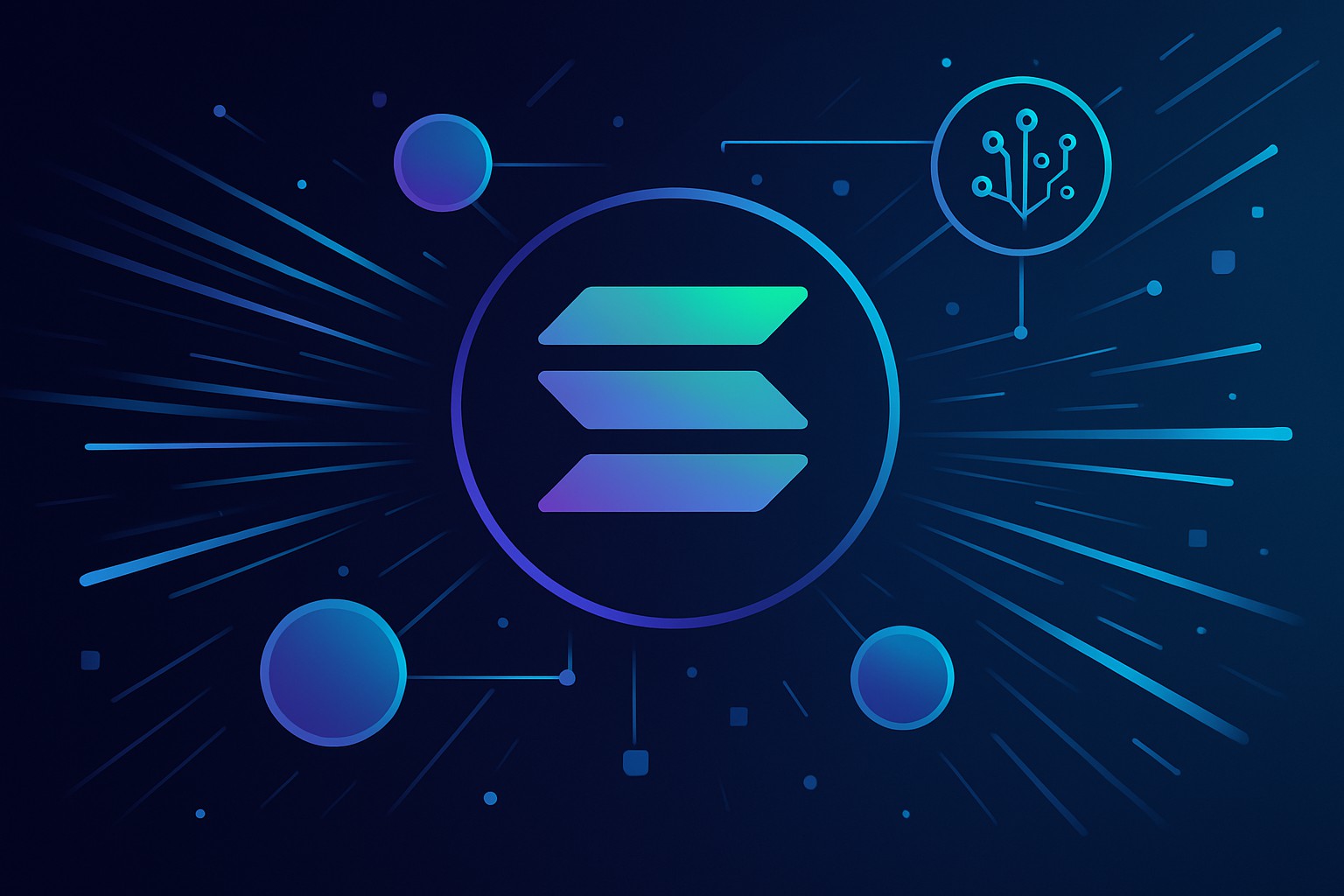
Solana is fast carving out a name for itself as one of the most buzzed-about altcoins and blockchain platforms, often thrown into the mix with heavy hitters like Bitcoin and Ethereum. This article cuts through the noise to unpack Solana’s core ideas and gives you a clear, no-nonsense look at how it all works
What Is Solana? A Quick and Friendly Introduction
Solana is a decentralized blockchain platform designed to tackle the demands of fast and scalable decentralized applications and crypto projects head-on. Since bursting onto the scene in 2020 it has made a name for itself as a high-performance contender that sidesteps the usual headaches older blockchains face with speed and transaction fees.
- Solana is a public blockchain designed to let decentralized applications run smoothly and securely without needing a middleman to slow things down.
- It is what we call an altcoin, any cryptocurrency that is not Bitcoin.
- After years of fine-tuning, the network officially launched in March 2020 ready to make its mark.
- The big goal is to offer lightning-fast transaction speeds and keep those pesky fees low.
- You’ll mostly find Solana powering DeFi projects, NFT marketplaces, crypto games and many other Web3 applications trying to push the envelope.
What Makes Solana Stand Out in the Crypto Space?
Solana’s rapid rise pretty much boils down to its eye-popping transaction speed, leaving many well-known blockchains like Bitcoin and Ethereum eating its dust. It effortlessly churns through thousands of transactions every single second, all while keeping network fees to just a tiny fraction of a cent. This winning combo of speed and low cost tackles two of the biggest headaches that have held back cryptocurrency and decentralized apps: clogging traffic and sky-high fees.
| Blockchain Name | Transaction Speed (TPS) | Average Fees (USD) | Consensus Mechanism | Year Launched |
|---|---|---|---|---|
| Bitcoin | Around 7 | $1 to over $10 | Proof of Work (PoW) | 2009 |
| Ethereum | About 30 (Ethereum 1.0) | $5 to above $50 | Proof of Work / PoS Hybrid | 2015 |
| Solana | Over 50,000 | Less than $0.01 | Proof of History plus PoS | 2020 |
| Cardano | Over 250 | Under $0.05 | Proof of Stake | 2017 |
| Binance Smart Chain | Around 55 | Under $0.05 | Delegated Proof of Stake | 2020 |
This table clearly illustrates why Solana has won over a large crowd of developers and investors alike. Its lightning-fast speed combined with surprisingly low fees makes it a perfect match for applications that demand quick and affordable transactions, all without skimping on solid security
The Technology Behind Solana
We start by looking at Solana's unique consensus system and clever innovations designed to crank up blockchain throughput and efficiency. Rather than sticking to the typical routine where blocks fill up and get validated one by one, Solana takes a fresh spin on things speeding up transaction ordering and validation while still keeping decentralization intact.
Proof of History (PoH) Brings a Fresh Spin to the Table
Proof of History is a pretty clever cryptographic trick cooked up by Solana's team. Think of it as the blockchain’s own internal clock, quietly ticking away to build a verifiable timeline without leaning on any outside timestamps. By cryptographically stamping each transaction’s time in sequence before validation, PoH helps the network zip through confirming the order of events.
- PoH gives us a trusty historical record pinpointing exactly when each transaction took place like a digital timestamp you can always count on.
- It slashes the need for nodes to swap heaps of synchronization data, making the whole process leaner.
- Teaming up with Proof of Stake, it keeps the network locked down and secure without wasting resources.
- It also helps keep blockchain bloat in check by streamlining how transactions are ordered, which is a neat efficiency hack.
Consensus Approach Blending Proof of Stake with PoH for a Smoother Ride
Solana uses a hybrid consensus system that’s like having the best of both worlds. Proof of Stake (PoS) handles security by requiring validators to put up tokens as collateral. Proof of History works behind the scenes to cryptographically order transactions and ensure everything happens in the right sequence. This clever combo helps nodes quickly and securely agree on the transaction order and often leaves pure PoS networks behind since they usually need extra communication steps.
Solana cleverly blends PoS with PoH to sidestep many of the usual bottlenecks that often put the brakes on other blockchains.
Other Important Technologies Behind Solana’s Performance That Really Make It Tick
- Tower BFT is a clever spin on Byzantine Fault Tolerance that leans on PoH to lock in blocks faster than you might expect.
- Turbine is a nifty block propagation protocol that chops data into bite-sized pieces, helping it zip across the network with ease.
- Gulf Stream acts like a forward scout for transactions, sending them ahead to validators to give processing a nice little boost.
- Sealevel lets multiple transactions run side by side, cranking up throughput like a multitasking pro.
- Pipelining smooths out transaction validation by lining up steps in a snappier and more efficient order.
- Cloudbreak steps up database storage to juggle simultaneous reads and writes gracefully, even when things get really busy.
Each of these components plays a vital role in helping Solana zip through thousands of transactions every single second, all while keeping costs surprisingly low.
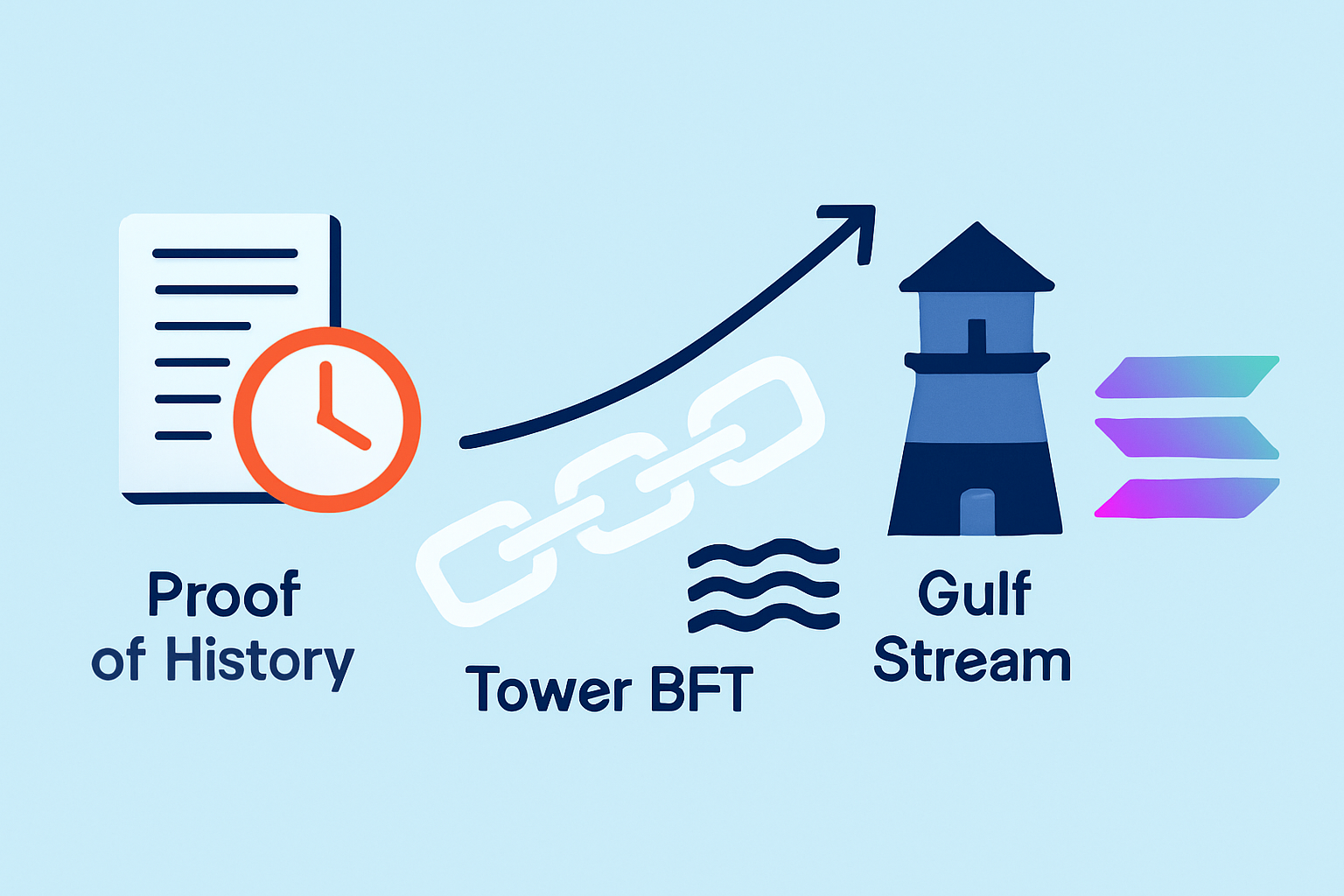
How Solana Is Making Waves Today
Solana's speedy and wallet-friendly blockchain has quickly become a go-to platform for many real-world projects, especially in decentralized finance, NFTs and gaming. Its clever design encourages innovation by keeping things simple and budget-conscious for building and using decentralized applications.
- Where users can trade crypto directly with one another, typically enjoying low fees that do not break the bank.
- That let users rack up rewards by contributing liquidity — a neat way to make your crypto work harder for you.
- Tailored for artists to quickly and smoothly create and sell digital collectibles and cut through the usual red tape.
- Designed with speed and simplicity in mind to make it easy to send, receive and manage your SOL tokens without any hassle.
- That really lean into Solana's knack for handling loads of users and complex interactions and offer a seamless gaming experience that doesn’t slow down.
Solana's lightning-fast transactions and practically nonexistent fees truly back these diverse applications, attracting developers keen to cook up fresh products alongside users craving seamless blockchain experiences.
Frequent Misunderstandings About Solana Clearing Up Common Confusions
Solana is pretty well-known these days, but it often gets misunderstood in a big way. Some critics raise eyebrows about how decentralized or secure it truly is, while others toss it into the same bucket as just another Bitcoin or Ethereum clone—which doesn’t quite do it justice.
- Saying Solana is centralized overlooks the fact that its number of validators is steadily climbing and there are ongoing efforts to spread things out more evenly.
- Concerns about speed sacrificing security don’t quite capture how Proof of History teams up with Proof of Stake to keep the network safe. It is a tag team you don’t want to underestimate.
- Solana isn’t just another Bitcoin or Ethereum clone. It brings fresh ideas to the table like Proof of History which really sets it apart.
- It tends to be pretty user-friendly and easy to get into, making it a solid choice whether you’re just dipping your toes into blockchain or you’ve been swimming in these waters for a while.
Solana keeps ramping up its decentralization game by broadening validator diversity, all the while charging ahead with cutting-edge innovations. It’s a solid reminder that you don’t always have to choose between high performance and strong security—these days, they often come as a package deal in the blockchain world.
Getting Started with Solana
Alright, let’s dive into the world of Solana. If you’re thinking about jumping on this fast-moving train, you’re in the right place. Whether you are a seasoned blockchain enthusiast or just dipping your toes in, getting started with Solana can feel like a breath of fresh air—once you get the hang of it. So, buckle up; we’re about to explore what makes Solana tick and how you can start making the most of it.
If you’re new to Solana and just a bit curious about what it brings to the table, getting started is surprisingly straightforward—more than you might guess at first glance. This step-by-step guide is designed to gently steer newcomers through the Solana ecosystem without any headache, covering everything from buying your first tokens to diving into decentralized applications.
Take some time to really dive into the Solana ecosystem—get a feel for its standout projects and the main ways people are using it. Also, check out the buzzing community behind it all. It’s like getting to know a new neighborhood before you move in.
Grab your SOL tokens from a well-known crypto exchange like Binance, Coinbase or Kraken. You want a smooth and secure ride from the get-go.
Pick a wallet that plays nicely with Solana like Phantom or Solflare. These support the tokens and decentralized apps you will want to tinker with. Think of it as choosing the right backpack for your adventure.
Start slow by exploring easygoing decentralized apps, maybe a marketplace or a game. This way, you get comfortable with how these things tick without feeling overwhelmed.
And don’t forget—always check those transaction fees and the current state of the network before hitting confirm. It’s a little step that can save you from headaches down the road.
Beginners can steadily build up their confidence and ease into Solana without needing to be tech wizards right off the bat.
A Glimpse Into Solana's Future
Solana is steadily gaining ground with ongoing network upgrades and a developer community that’s growing faster than you can say "blockchain." Sure, it faces stiff competition from other speedy blockchains and a few regulatory bumps along the road.
- Planned network upgrades to boost stability and increase transaction capacity.
- Steady growth in developer tools and community support sparks faster dApp development.
- Growing competition from blockchains like Avalanche, Polkadot and the evolving Ethereum 2.0 keeps everyone on their toes.
- Ongoing research into scaling methods to keep pace with rising user demand.
- Careful monitoring of shifts in global crypto regulations to stay compliant and secure the project's future.
Frequently Asked Questions
Is Solana truly decentralized, or is it controlled by a small group?
Solana uses a hybrid Proof of Stake and Proof of History consensus designed to support decentralization. Although its number of validators is still growing, it’s often misunderstood as centralized. In reality, the network is secured by a worldwide set of validators who stake SOL to help produce blocks and keep everything running smoothly and securely.
How much do transactions actually cost on the Solana network?
Transaction fees on Solana are incredibly low—usually just a tiny fraction of a cent around $0.00025 on average. This affordability is a key feature and makes the network perfect for micro-transactions and frequent activities like gaming and NFT trading. It’s a breath of fresh air compared to other networks where gas fees can be a rollercoaster of unpredictability and sometimes painfully high.
What is the easiest way for a beginner to start using Solana?
The simplest path to getting your feet wet is buying SOL on a major exchange like Coinbase or Binance then transferring it to a user-friendly Solana wallet such as Phantom or Solflare. From there you can dive right into decentralized apps, trade NFTs on various marketplaces or even stake your tokens directly through the wallet—all without needing to be a blockchain wizard.
Besides speed, what are the main advantages of building on Solana?
Beyond its impressive speed, developers love Solana’s parallel processing engine called Sealevel which lets the network scale horizontally without breaking a sweat. Couple that with low and predictable fees and you’ve got a platform that’s great for building complex apps—whether it’s decentralized exchanges or games—that run efficiently without leaving users facing sky-high costs.
How does Proof of History (PoH) actually make the blockchain faster?
Proof of History acts like a cryptographic clock, timestamping events in the exact order they occur. This clever trick means validators don’t have to waste time hashing out the order of transactions among themselves which cuts down delays significantly. The end result is the network can juggle transactions in parallel much more effectively making it tick along faster than you might expect.
Start Your Crypto Journey with Coinbase Today
Ready to enter the cryptocurrency market but unsure where to begin? Coinbase makes buying, selling, and storing digital assets simple and secure for beginners and experts alike.




